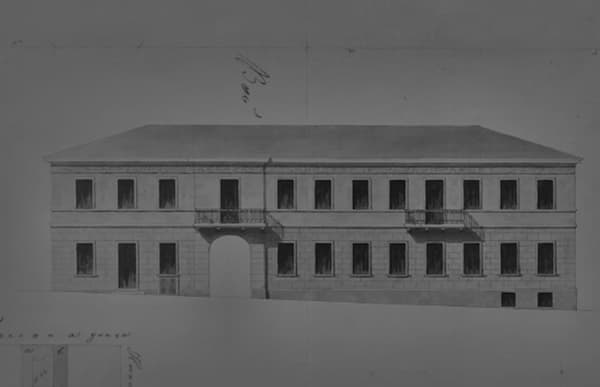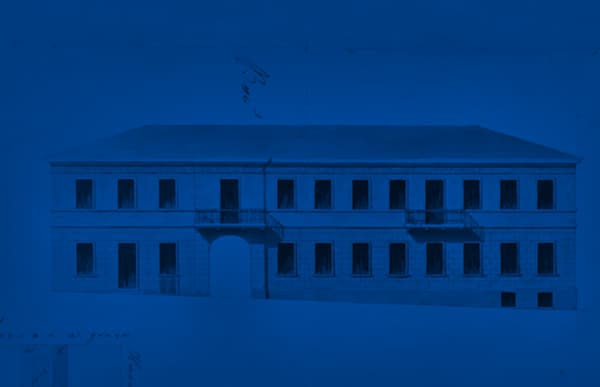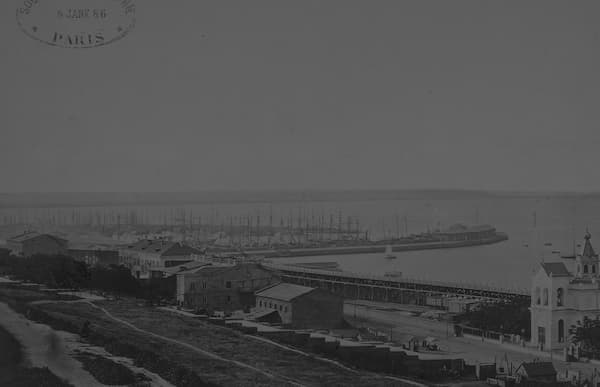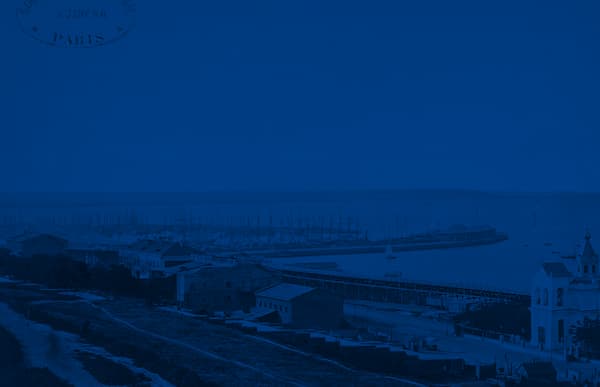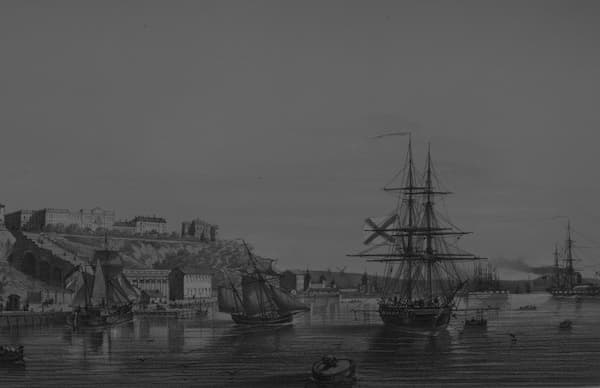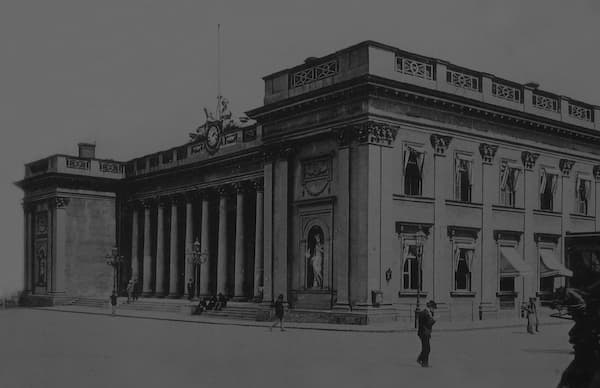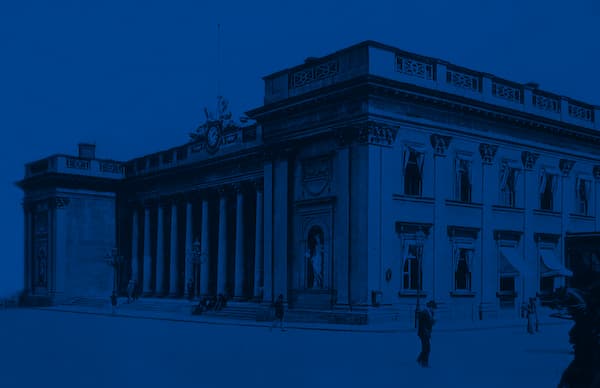Aleksandr Bernardazzi (1831-1907)
Aleksandr Bernardazzi was born 1831 in Pjatigorsk, North Caucasus, to Giuseppe Marco Bernardazzi (1788-1840) and Dorothea Wilhelmine Conradi (1802-1875), daughter of Friedrich Conradi, a doctor from Göttingen who held the position of Oberartz in the local spa. The Bernardazzi family, originally from Frasco in the Verzasca Valley but long established in Pambio in the Collina d’Oro, are attested in Russia since 1745, when Antonio the Elder (father of Carlo Francesco Bernardazzi and grandfather of the brothers Vincenzo Antonio, Giovanni Battista and Giuseppe Bernardazzi) arrives in St. Petersburg together with a large group of artisans hired in Ticino by Tomasina Trezzini.
It was in the city on the banks of the Neva that Aleksandr Bernardazzi began his training as an architect at the Stroitel’noe Učilišče, the higher school of architecture founded in 1842 through the merger of the Učilišče graždanskich inženerov (School of Civil Engineers) and the Architektorskoe Učilišče (School of Architects, linked to the Academy of Fine Arts in St Petersburg). A solid education, with a strong technical component, which allowed him to take on the position of assistant architect in the early 1850s, after completing his studies, in the Regional Building Committee of Bessarabia and, six years later, that of architect of the city of Chişinău, which according to printed sources he held for twenty-two years, until 1878.
It was in Chişinău, today the capital of the Republic of Moldavia, that the first part of Aleksandr Bernardazzi’s professional career unfolded and where he realised numerous buildings (including the Town Hall), whose chronology and formal language intertwined, starting from the 1880s, with the experiences he developed in Odesa (to realise this, one only has to look at one of his best-known works in Chişinău, namely the Women’s Gymnasium founded by Natalia Gollevskaja-Dadiani, built between 1899 and 1900, which reverberates themes and formal motifs taken from the New Stock Exchange built by Bernardazzi a few years earlier in Odesa).
Bernardazzi took Cristina Rennskaja (1843-1878) as his wife, by whom he had two children, Angelica Adelaide Caterina and Aleksandr (born in 1871 and also an architect). After Cristina’s premature death, and having shifted the centre of his activity to Odesa (although he continued to accept commissions in Moldavia, some of them very important), Bernardazzi married Julie Bulazell, with whom he had three more children: Evgenij (born in 1883 and so named in memory of his cousin Eugenio, who had taken his own life in Pambio in 1865), Ekaterina (born in 1887) and Juliana Wilhelmina (1889). The catalogue of works designed and realised by Bernardazzi on the shores of the Black Sea is extensive and numerous authors have highlighted the importance of his contribution to the definition of Odesa’s urban physiognomy between the end of the 19th century and the early 20th century. An excellent builder, he also supervised the realisation of several buildings designed by talented colleagues such as Feliks Gonsiorovskyi (1815-1891) or Viktor Schröter (1839-1901).
He died on 14 August 1907 in Fastiv, some sixty kilometres south-east of Kyiv, during a work trip. He is buried in Chişinău.
Bibliographichal sources
_ I.M. Bubis, Zodčie Bernardazzi, Chişinău-Louisville 1997.
_ V.I. Tymofijenko, Zodči Ukraïny kincja XVIII-počatku XX stolit’, Kyïv 1999.
_ V. Pilavski [sic], Architecture d’Odessa 1794-1924, in M.P. Vial (ed.), La Mémoire d’Odessa, catalogue of the exhibition (Marseille, La Vieille Charité, June-September 1989), Paris 1989, pp. 41-79.
_ V.A. Piljavskij, Zdanija, sooruženija, pamjatniki Odessy i ich zodčie, Odessa 2010, passim and pp. 158-159.
_ V.A. Piljavskij, Zodčie Odessy. Istoriko-architekturnoe očerki, Odessa 2010, pp. 85-87.
_ M. de Sosnizka, Aleksandr, realizzatore di utopie. Il percorso artistico del più noto rappresentante dei Bernardazzi in Russia, in Eadem, Il Parnaso dei Bernardazzi, mon. issue “Arte e Storia”, y. XXI, n. 86, December 2021, pp. 62-77.
Author: Nicola Navone
Version dated: 02.07.2022
